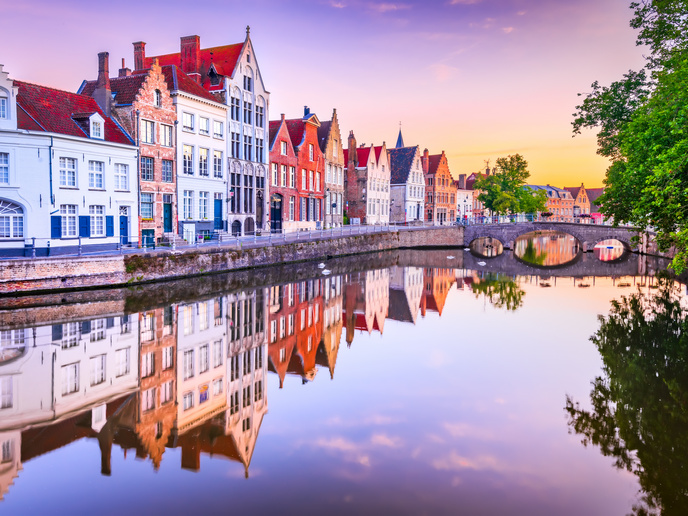How will the climate change where you live in 60 years?
What will the climate be like five, 10 or even 50 years from now? How hot will summers be? Will it snow in winter? What could be reversed by reducing emissions? If climate continues to change, how much will my hometown feel like this warmer, wetter or drier place I’ve travelled to for a holiday or for work? We’re all aware of the impact of climate change on our cities and towns, so it’s not surprising that many of us have asked one or more of these questions at some point.
Crunching fancy numbers
A global version of the user-friendly interactive web app(opens in new window) created by Matt Fitzpatrick at the University of Maryland Center for Environmental Science – Appalachian Lab in the United States is now available, and it has answers. Users can search over 40 500 places and more than 5 300 metro areas to find a location with a climate today that’s most similar to the expected future climate in their city or town in 2080. Basically, the app answers the following question: If I wanted to experience the best example of what my city’s climate is expected to be like in the future, where should I go? For example, if you live in Brussels, Belgium, you would need to travel to Bomba in the Abruzzo region of Italy to experience what Brussels is expected to feel like by 2080. Summers in the EU capital are expected to be 5.3 °C warmer and 20.6 % drier, while winters 3.9 °C warmer and 9.1 % drier.
Picturing your climate future
“In 50 years, the northern hemisphere cities to the north are going to become much more like cities to the south,” commented Prof. Fitzpatrick, associate director for research at the centre, in a news release(opens in new window). “Everything is moving towards the equator in terms of the climate that’s coming for you. And the closer you get to the equator there are fewer and fewer good matches for climates in places like Central America, south Florida, and northern Africa. There is no place on earth representative of what those places they [sic] will be like in the future.” Prof. Fitzpatrick used a statistical method that matches the expected future climate at one location with the current climate of another. He applied the most recent available data from the United Nations’ Intergovernmental Panel on Climate Change. Of course, climate can change at any time, and the specific nature of those changes isn’t clear. The app takes this into account by providing results for high emissions and reduced emissions scenarios to compare to those that we might expect under the Paris Agreement(opens in new window), as well as for different climate forecast models. Prof. Fitzpatrick wants people to see the app as more than just a tool that shows how local climate is set to change as the planet continues to warm. “I hope that it continues to inform the conversation about climate change. I hope it helps people better understand the magnitude of the impacts and why scientists are so concerned.”



